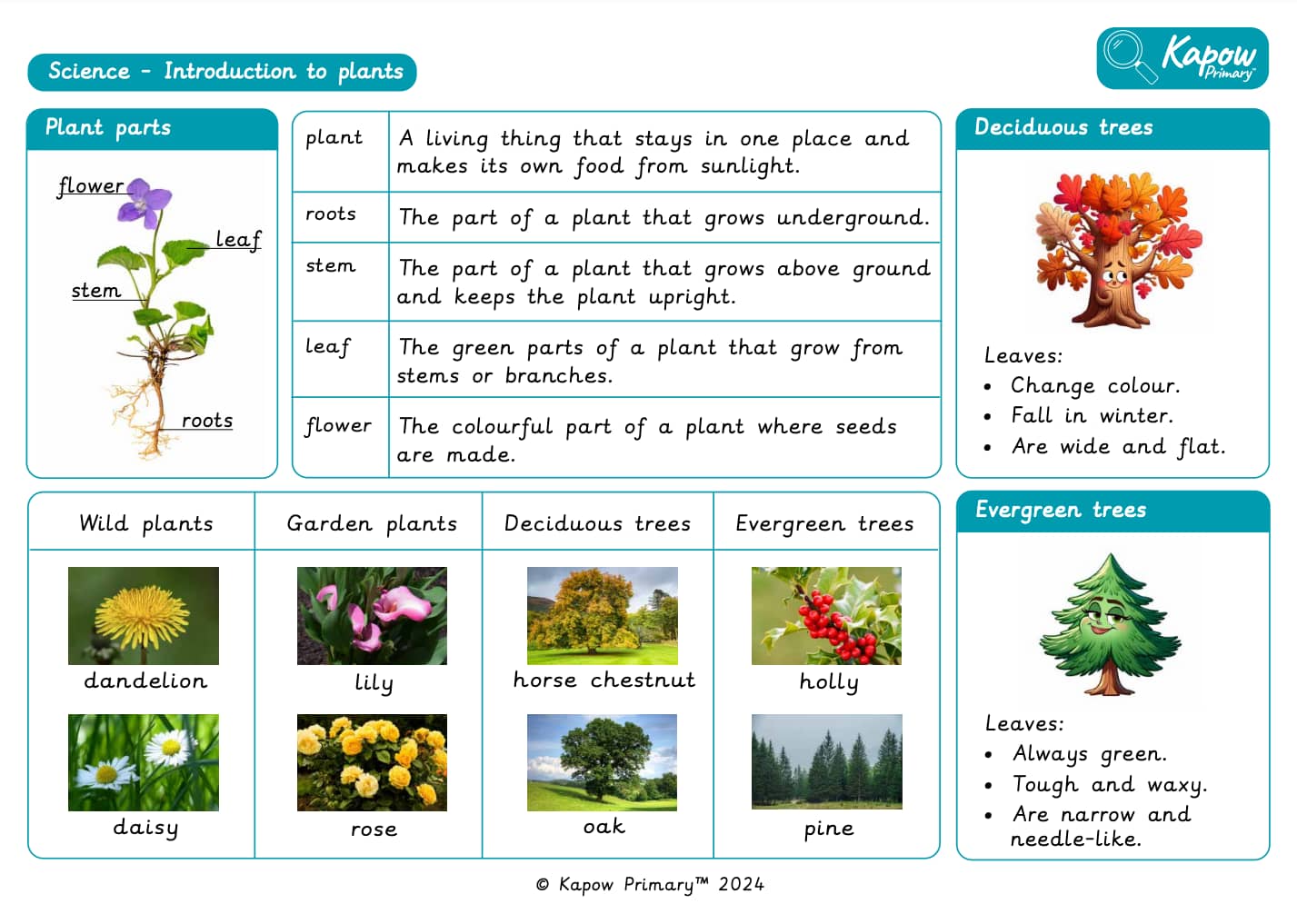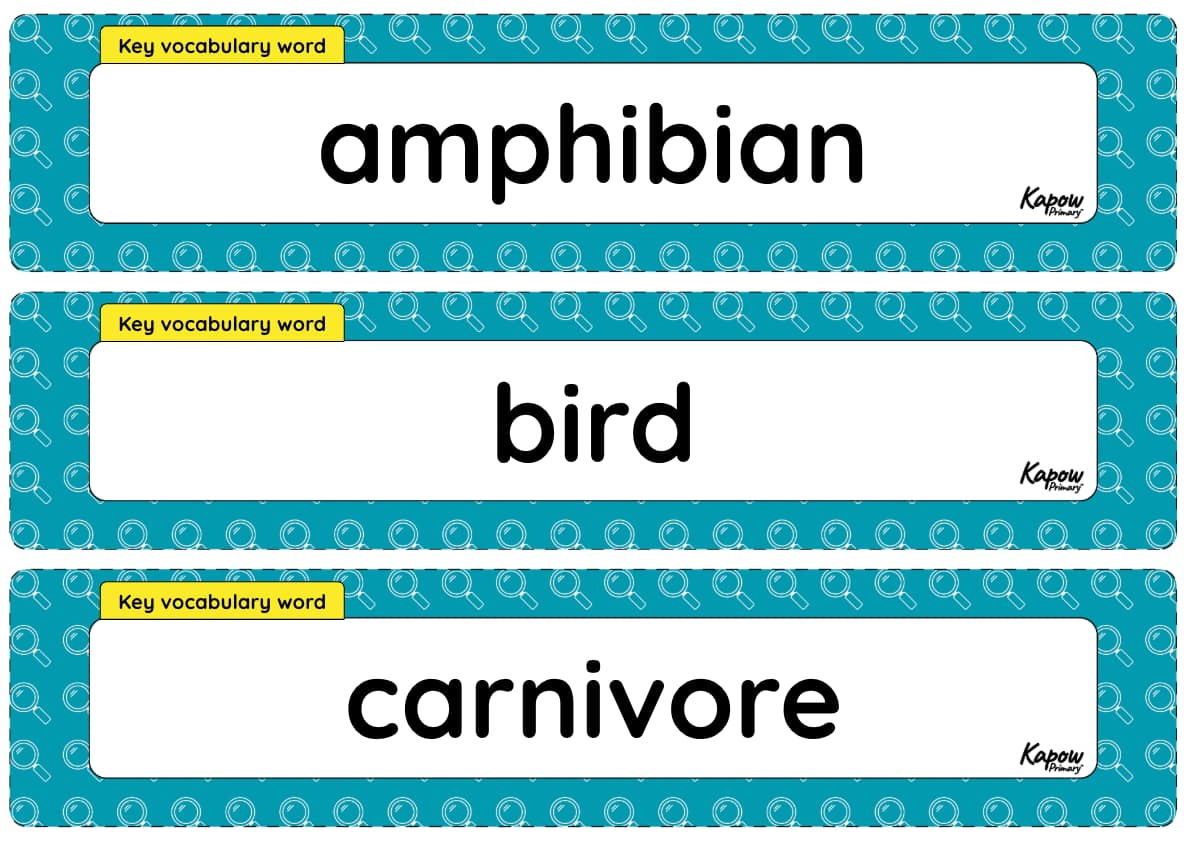Primary Theme: Weather
Y5/6 (A): Lesson 4: The temperature in France
Learning numbers to 100 in multiples of ten, using language detective skills; making statements about the weather referring to the temperature and compass points.
The Curriculum and Assessment Review final report has been released. We’re reviewing the recommendations and planning for future updates. Learn more
- Subjects >
- French >
- Mixed-age >
- Y5/6 (A): Unit 4: French weather >
-
Y5/6 (A): Lesson 4: The temperature in France
Lesson 4: The temperature in France
Learning numbers to 100 in multiples of ten, using language detective skills; making statements about the weather, referring to the temperature, compass points and French cities.
The Curriculum and Assessment Review final report has been released. We’re reviewing the recommendations and planning for future updates. Learn more
- Subjects >
- French >
- Key stage 2 >
- Year 4 >
- Unit 4: French weather and the water cycle >
-
Lesson 4: The temperature in France
Lesson 5: Are birds carnivores, herbivores or omnivores?
Identifying birds that are carnivores, herbivores and omnivores and using pine cones to make bird feeders.
The Curriculum and Assessment Review final report has been released. We’re reviewing the recommendations and planning for future updates. Learn more
- Subjects >
- Science >
- Key stage 1 >
- Year 1 >
- Making connections: Investigating science through stories >
-
Lesson 5: Are birds carnivores, herbivores or omnivores?
Lesson 5: ¿Qué tiempo hace hoy?
Composing a script for a Spanish weather forecast, alongside a labelled weather map of Spain.
The Curriculum and Assessment Review final report has been released. We’re reviewing the recommendations and planning for future updates. Learn more
- Subjects >
- Spanish >
- Key stage 2 >
- Year 4 >
- Unit 3: Weather in Spain >
-
Lesson 5: ¿Qué tiempo hace hoy?
Y5/6 (A): Lesson 5: What's the weather report?
Combining knowledge of weather, compass points and numbers; investigating cities in France and producing a weather report for different areas of the country.
The Curriculum and Assessment Review final report has been released. We’re reviewing the recommendations and planning for future updates. Learn more
- Subjects >
- French >
- Mixed-age >
- Y5/6 (A): Unit 4: French weather >
-
Y5/6 (A): Lesson 5: What’s the weather report?
Lesson 5: Presenting forecasts
Using tablets or digital cameras to present a weather forecast.
The Curriculum and Assessment Review final report has been released. We’re reviewing the recommendations and planning for future updates. Learn more
- Subjects >
- Computing >
- Key stage 2 >
- Year 4 >
- Data handling: Investigating weather >
-
Lesson 5: Presenting forecasts
Lesson 5: The water cycle in French
Describing the water cycle in French, aided by a practical activity and knowledge of cognates and near cognates; drawing and labelling a water cycle diagram.
The Curriculum and Assessment Review final report has been released. We’re reviewing the recommendations and planning for future updates. Learn more
- Subjects >
- French >
- Key stage 2 >
- Year 4 >
- Unit 4: French weather and the water cycle >
-
Lesson 5: The water cycle in French
Investigating science through stories
Consolidating knowledge of plants and animals through picture books and practical investigations.
The Curriculum and Assessment Review final report has been released. We’re reviewing the recommendations and planning for future updates. Learn more
- Subjects >
- Science >
- Key stage 1 >
- Year 1 >
-
Making connections: Investigating science through stories
Unit outcomes
Pupils who are secure will be able to:
- Identify the typical weather associated with each season.
- Describe animal features.
- Recognise similarities and differences between animals in the same animal group.
- Build an animal home with natural materials.
- Explain the difference between carnivores, herbivores and omnivores.
When working scientifically, pupils who are secure will be able to:
- Carry out online research to find answers to questions.
- Measure length in centimetres.
- Suggest how to carry out a waterproof test.
- Begin to recognise if a test is fair.
- Use data to answer questions.
- Recognise patterns in data.
- Group birds according to their diet.
Please note that Kapow Primary Science lessons are designed to be 1 hour and 30 minutes long to reflect the requirements of a core subject.
Suggested prior learning
This unit revises and builds on learning from the previous Year 1 units.Lessons
Lesson 1: Do taller trees have wider trunks?
Knowledge
- To observe changes across the seasons.
Working scientifically
- To spot patterns in data.
Lesson 2: Comparing woodland animals
Knowledge
- To describe and compare the features of animals.
Working scientifically
- To carry out research to find specific information.
Lesson 3: Measuring animal footprints
Knowledge
- To identify differences in animal features.
Working scientifically
- To use a ruler to measure.
Lesson 4: Building an animal home
Knowledge
- To describe the properties of everyday materials.
Working scientifically
- To plan how to carry out a test.
Lesson 5: Are birds carnivores, herbivores or omnivores?
- To identify animals that are carnivores, herbivores and omnivores.
Key skills
Key knowledge
Related content
Unit resources

Y1 Science knowledge organisers
A complete collection of the Year 1 Knowledge organisers. The Making connections units do not have new Knowledge organisers as…

Vocabulary display: Making connections: Investigating science through stories
A display version of the key vocabulary from the 'Making connections: Investigating science through stories' unit.
Cross-curricular opportunities
Computing: Using devices to retrieve digital content.
Maths: Comparing and measuring length.
English: Listening to poems and stories and using phonic knowledge to spell.
Music: Listening to and joining in with songs.
Geography: Carrying out fieldwork on the school grounds.
British values – mutual respect.

